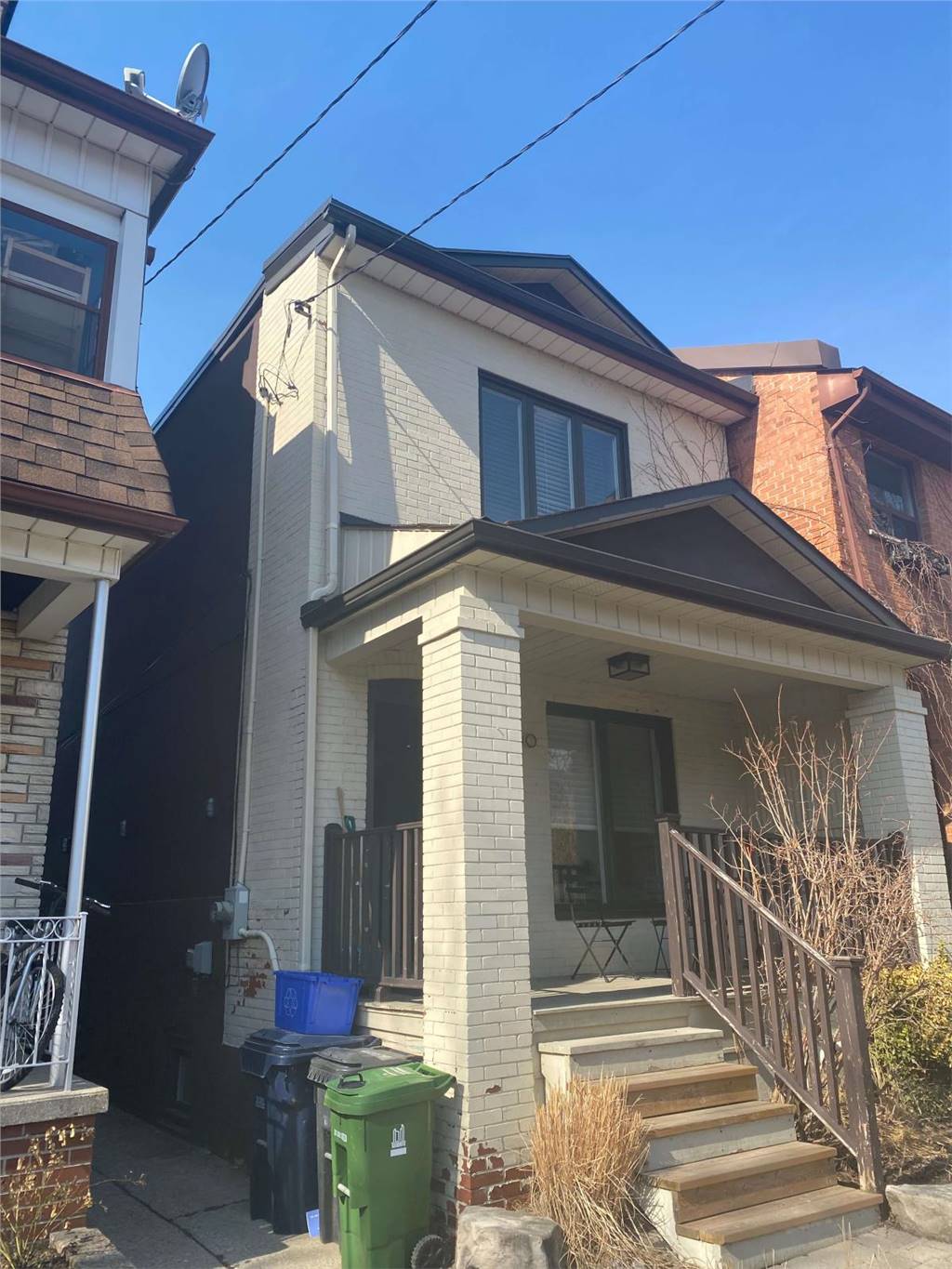
Painting Vs. Staining Your Fence
If you're considering whether to paint or stain your fence, you're probably wondering which will look better and last longer. In this blog post, we'll take a look at the pros and cons of each option so you can make an informed decision. Keep in mind that the best way to choose is to consider your specific needs and preferences. So read on for more information!
What Does "Staining" Mean?
Staining is a material painting technique that involves applying a colorant to the surface of a substrate in order to produce the desired effect. The colorant can be either translucent or opaque, and is typically applied using a brush, sponge, or another tool. When staining wood, for example, the goal is often to create a deep, rich color that brings out the grain of the wood. Stain can also be used to create unique patterns or images on surfaces such as walls or floors.
The main difference between painting and staining is that when you paint, the paint sits on top of the surface of what you're painting, while when you stain, the stain goes into the surface.
With painting, the paint film is typically thicker and can obscure detail in the underlying surface. With staining, since the stain penetrates into the surface, it brings out more of the detail in whatever you're staining. Another difference is that when you paint something, it will typically be a solid color, while with staining there are many different colors that can be used to create various effects.
Painting Your Fence:
There are several advantages of painting a fence, including:
Protecting the fence from weather damage
Making the fence more visible so it can act as a deterrent to burglars or unwanted trespassing
Increasing the curb appeal of your home
Giving you a chance to personalize your outdoor space
The main disadvantage of painting a fence is the amount of time and effort required to do the job properly. A second disadvantage is that paint can chip and peel over time, requiring regular maintenance. A third potential downside is that some people may not appreciate a brightly-painted fence in their yard or neighborhood.
Staining Your Fence:
The advantages of staining a fence include:
Staining a fence helps protect it from the elements, which can cause it to fade or rot.
Staining a fence makes it look nicer and more polished.
Staining a fence can help preserve its color and prevent it from fading over time.
There are several disadvantages to staining a fence. First, it is an additional cost that must be considered when budgeting for the project. Second, staining can be a messy and time-consuming process. Third, it is important to regularly reapply stain to maintain the look of the fence, which can be difficult to do if you are not experienced in the process. Finally, if you choose a dark stain color, it can fade over time due to sun exposure.
Staining vs. Painting:
There are pros and cons to both staining and painting your fence. With staining, the wood will maintain its natural color, whereas, with painting, you can choose any color you want. However, stained fences require more frequent maintenance than painted fences, as the stain needs to be reapplied every few years in order to protect the wood from weathering and fading. In contrast, a painted fence only needs to be repainted every few years if it starts to chip or peel. So it ultimately comes down to what's more important to you: aesthetics or convenience?
If You Decided, It Is Time to Contact a Professional.
Looking for a quality and affordable fence painting or staining service? Look no further than The 6IX Painting. Our expert and professional crew will take care of everything for you, from start to finish - ensuring a high-quality finish that will last for years. Contact us today for a free quote!



